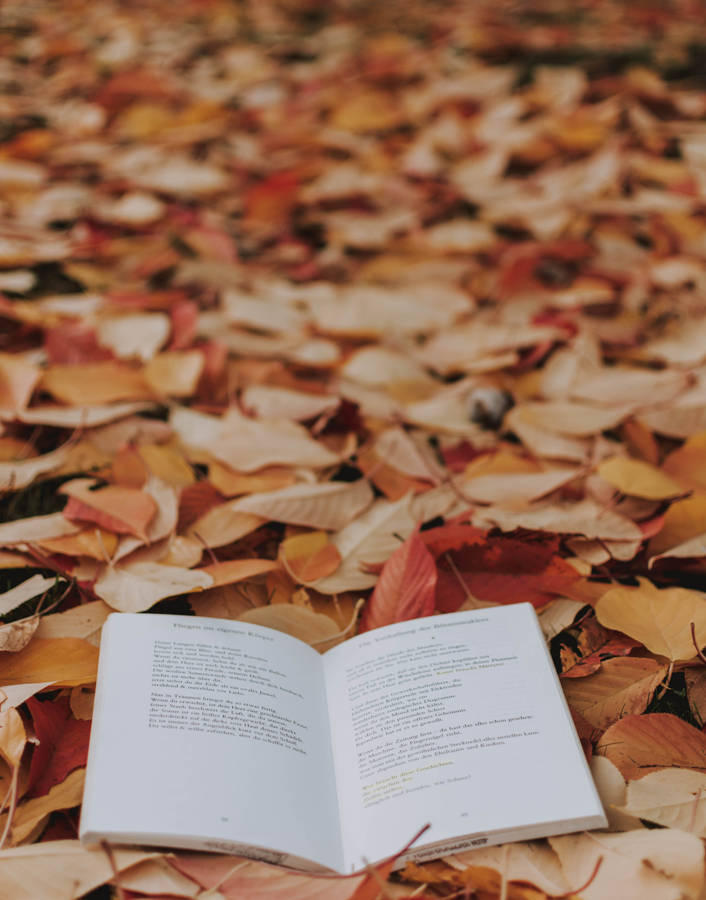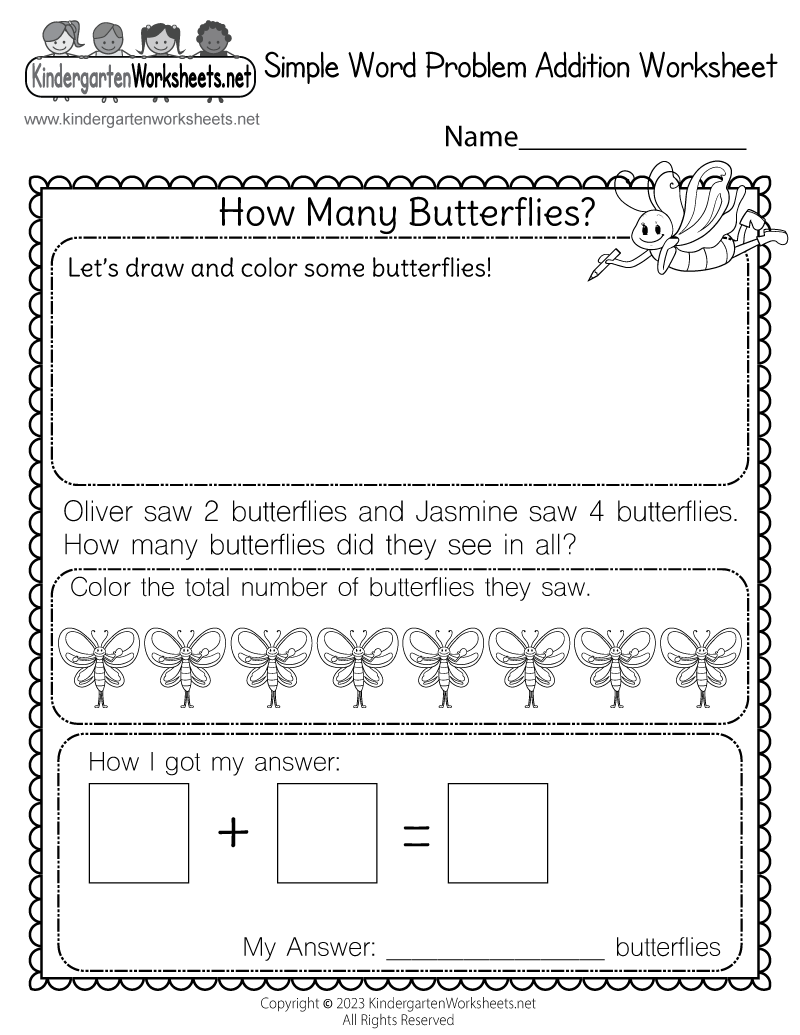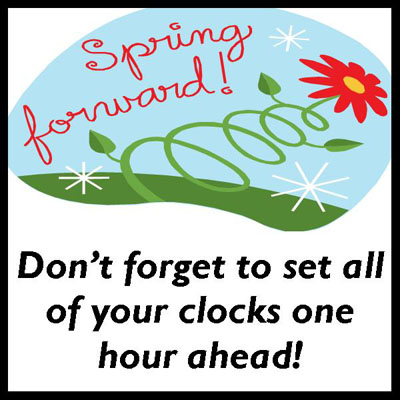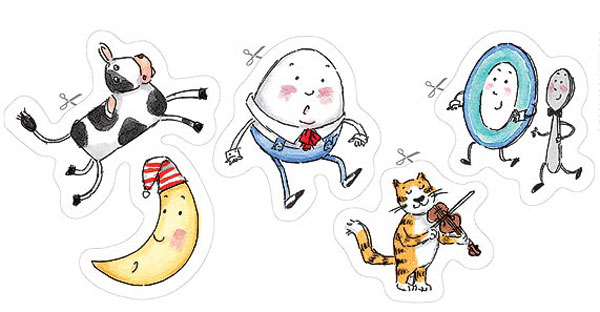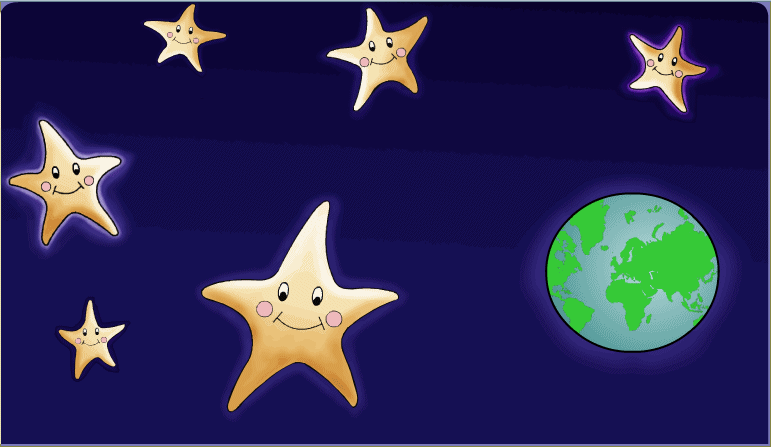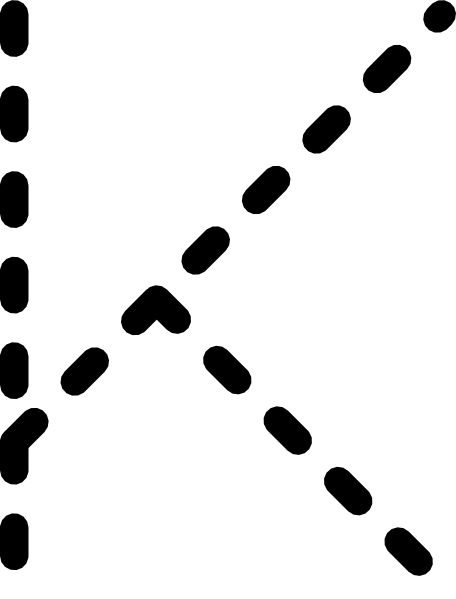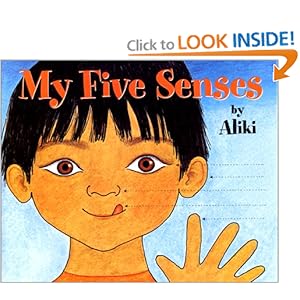1st Circle Time this week: take a picture of each child and one of yourself. If you have a class pet, include them too! Print the pictures out. On a large piece of butcher paper draw a tree. It doesn't have to be perfect! Just make a trunk and some branches. Add enough branches for each child, you and the pet to have their own. Cut out some green conctruction paper in a big puffy cloud-like leaf cluster. Glue a picture of a student to each of these leaf clusters and place on their branches.
To begin the trees discussion, hang this up near the circle time area. Talk about how important and beautiful trees are. They are homes for birds, squirrels, lots of bugs and many other creatures. They provide us with clean air. They make shade from the sun for us. They are fun to climb. You can use the branches that fall off to make fire wood for a campfire. Trees are important! Show them the class tree and how the class is like a special family.
LETTER: L l
L is for Leaf! Print the color page. Talk about the letter L. L for Leaf. This is a letter that many young children struggle with. Mine does for sure! Really work on the pronunciation of this letter. Show them on your own mouth how to make the sound and have them repeat.
Have the kids trace the letter with their finger. Then trace the letter with a crayon. They can practice at the bottom of the page as well.
SCIENCE
Parts of a Tree
Talk about how trees have many parts. Begin at the bottom. The tree has roots that run deep into the ground. Sometimes the roots are above the ground where you can see them. This is how the trees drink water. Like the carnation coloring activity we did for Valentine's Day, the trees pull water up through their roots and into their trunk. The trunk is the next part on a tree. The trunk is covered in bark. Bark can be smooth or rough. The bark protects the tree. Coming off the trunk are the branches. The branches grow out from the trunk all around the tree. The leaves grow off of the branches. Some trees have needles instead of leaves. Leaves and needles can grow and then fall off. The leaves soak up sunshine which helps the tree grow. Many trees also grow seeds. Types of tree seeds are acorns and pinecones.
Provide a collection of leaves, pine needles, acorns, branches, bark, and pinecones for the kids to explore and study. Feel the items, are the smooth or rough? Heavy or light? Are they dry or moist? Have the kids identify the item they are holding. Print the tree chart HERE and allow the kids to place the item next to the part of the tree it corresponds to.
CRAFT
Shapes Tree Craft
Print the template HERE. Cut out all parts. Provide a piece of paper (white or blue) for the children. There are 2 different trees to craft. A big leafy tree and a pine tree. Talk about the shapes. Allow the kids to create their trees using the shapes. Glue them and display in the room!
MATH
Leaf Matching
Print out 2 copies of the leaf cards from Prekinders.com HERE. It is a good idea to print them on heavy cardstock or get them laminated. Place each of the different leaves on the table (only place a few if too many overwhelms the kids). Show them the 2nd set one at a time and allow the kids to match them by placing the ones you are holding up on top of it's match on the table. Talk about what makes the match the same. What makes it different from the other leaves on the table?
Simple Addition
Use the leaf cards from the matching activity. Create a plus sign (+) out of cardstock and also an equals sign (=).
Place 1 leaf on the table and have the kids count it. Place one more and count that one. Now place the plus sign between them and the equal sign on the end "1 leaf PLUS 1 leaf EQUALS how many leaves?". It is important to begin using this terminology with them for this activity. They can count them. Use numbers from any set you may have and place the number 2 after the equal sign.
Remove the number 2. Place another leaf next to the 1st leaf and move the 3rd leaf down the table a little. Place the plus sign so that there are 2 leaves on one side and 1 on the other and add the equal sign at the end. 2 leaves PLUS 1 leaf EQUALS how many?
Continue this as long as you can hold their attention. This is a great step in learning addition!
GROSS MOTOR/GAME
Nature Scavenger Hunt
If the weather where you are permits, do this outside. If it is still too cold and snowy, bring items in and do it in the classroom.
You can use pictures from magazines, pictures printed from the internet, or take your own pictures outside and print. Create a hunt list using pictures. Have them find a leaf, stick, pineneedle, acorn and whatever else you like and is available in your area. Provide them with a basket or bag to collect their items in. Bring them all back and have each child show off what they found!
ART
Nature Bracelets
You can use the items they found in their scavenger hunt! Wrap a piece of masking tape loosely around their wrist with the sticky side out. Allow the children to stick their nature items to the bracelet and wear for the day!
COMMUNITY
Tree Trimmers
When a tree gets to be too big or has some broken branches a special Tree Trimmer will come out and cut the tree. Trees must be cut by someone who is trained or the tree could be damaged! They have a special truck that can raise the tree trimmer up to the top of the tree where the cuts need to be made. They also have special saws and cutters to help cut the really big branches.
BOOKS
 On Amazon: http://www.amazon.com/Franklin-Plants-Tree-Storybooks-Paperback/dp/0439203821/ref=sr_1_1?s=books&ie=UTF8&qid=1361382952&sr=1-1&keywords=franklin+plants+a+tree
On Amazon: http://www.amazon.com/Franklin-Plants-Tree-Storybooks-Paperback/dp/0439203821/ref=sr_1_1?s=books&ie=UTF8&qid=1361382952&sr=1-1&keywords=franklin+plants+a+treeA great story which teaches patience and responsibility and is also about a tree!
 On Amazon: http://www.amazon.com/Eat-Leaves-Read-Me-First/dp/1572550414/ref=sr_1_1?s=books&ie=UTF8&qid=1361383030&sr=1-1&keywords=I+eat+leaves
On Amazon: http://www.amazon.com/Eat-Leaves-Read-Me-First/dp/1572550414/ref=sr_1_1?s=books&ie=UTF8&qid=1361383030&sr=1-1&keywords=I+eat+leavesTalks about the different animals that eat leaves for lunch!
MUSIC
Tickle Tree
This is my tickle tree,
As you can plainly see,
It will tickle you,
As it has tickled me.
So if you are not careful, this little tickle tree,
Will make you say Hee, Hee, Hee.
COOKING
Fruit Trees!
Ingredients:
Mandarin Oranges
Banana
Kiwi
Cut the banana and kiwi into slices. Show an example of the tree and see if the kids can recreate it before they eat all the ingredients!!
THIS WEEKEND:



